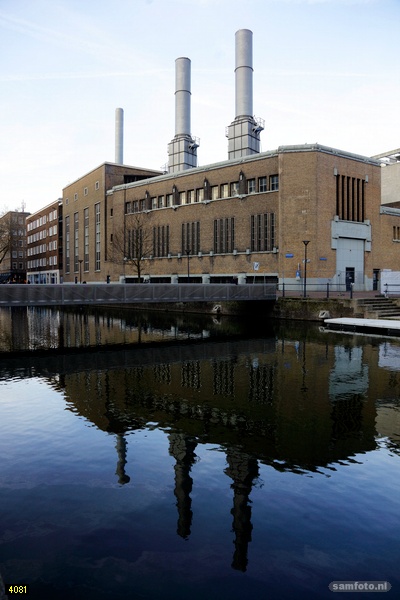How can Amsterdam ditch the gas?
Prof.dr.ir. Andy van den Dobbelsteen maakte met zijn team van de afdeling climate design & sustainability (Bouwkunde) een routekaart voor een energieneutrale hoofdstad in 2040.
For many of us, energy means electricity, but in fact we use nearly twice as much energy for heating. There are 430,000 houses in Amsterdam, alongside 645,000 ‘units’ using a similar amount of heat. The two largest producers of heat are still the gas-fired power plant in Diemen and the waste incineration plant in Amsterdam-West. If the researchers have their way, this is going to change.
So where should the heat come from instead? Extending and modernising the Amsterdam heating grids, for example. Each grid currently has a single source delivering heat at high temperatures. In the future, heat will come from different sources, e.g. from geothermal heat and solar collectors, at a lower temperature. A lower temperature in the heating grid impacts how houses are insulated. The better the insulation, the lower the temperature of the incoming water can be. Lower temperature systems operate between 25 and 40 degrees Celsius; today it is still 70 to 90 degrees.
Van den Dobbelsteen estimates that 18,500 houses a year could be renovated and made suitable for lower temperatures. Even if heating usage is reduced, production of sustainable heating remains a huge challenge. The plan outlines how energy can be saved by using surface water, groundwater, thermal storage in boreholes and geothermal heat from aquifers deep underground. The researchers note that the latter requires additional research. Van den Dobbelsteen would like to see Amsterdam record annual CO2 emissions, energy and gas usage, and publish this information in public annual reports. The plan does not consider the required investments, but the municipality is working on a plan addressing economic, social and legal aspects.
See also: Interview Andy van den Dobbelsteen
